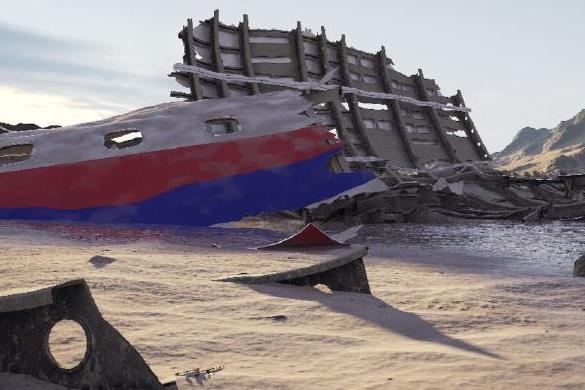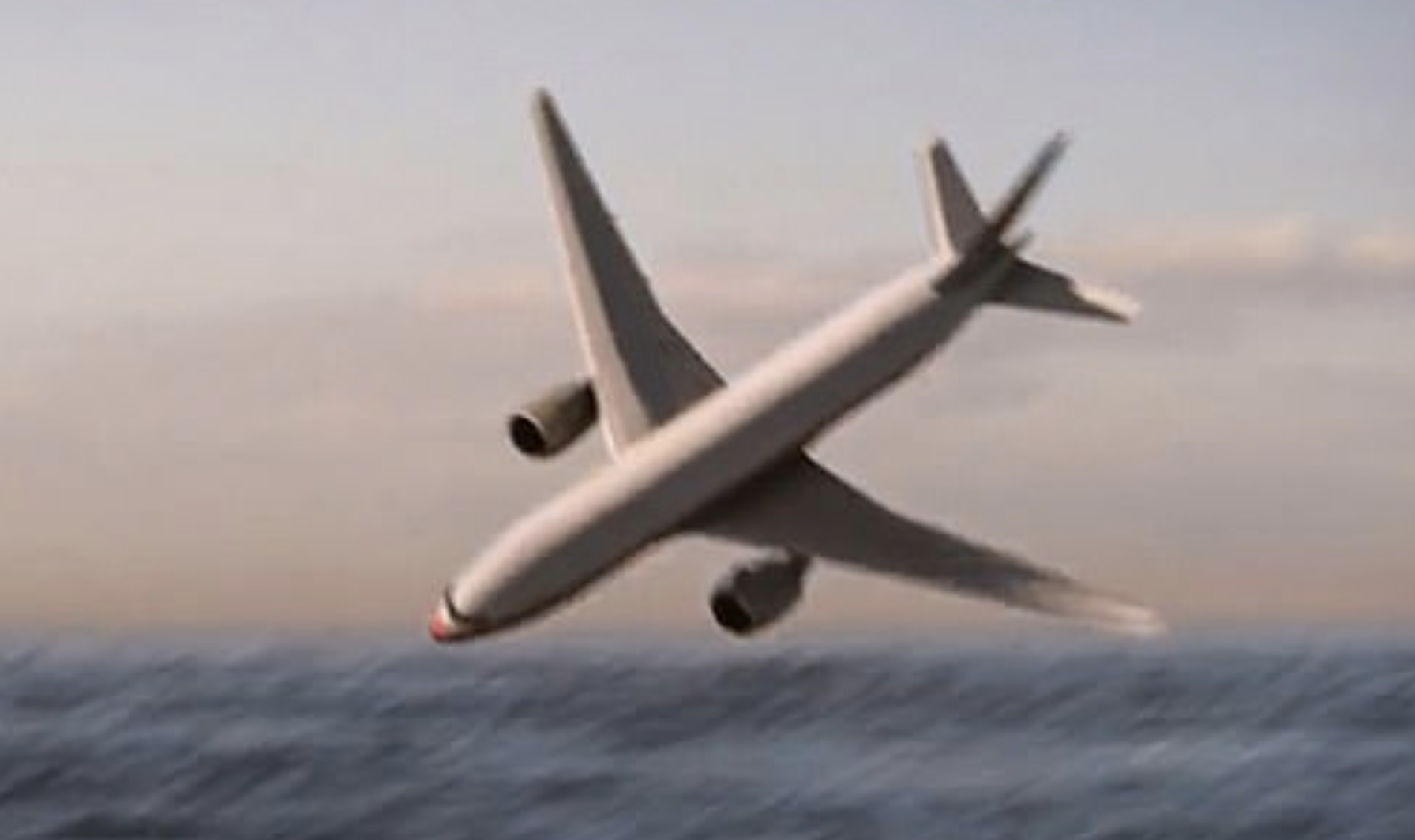MH370: Missing plane spiralled into water in unsurvivable smash, new documentary claims
MH370 disappeared in March 2014, en route to Beijing from Kuala Lumpur
Your support helps us to tell the story
From reproductive rights to climate change to Big Tech, The Independent is on the ground when the story is developing. Whether it's investigating the financials of Elon Musk's pro-Trump PAC or producing our latest documentary, 'The A Word', which shines a light on the American women fighting for reproductive rights, we know how important it is to parse out the facts from the messaging.
At such a critical moment in US history, we need reporters on the ground. Your donation allows us to keep sending journalists to speak to both sides of the story.
The Independent is trusted by Americans across the entire political spectrum. And unlike many other quality news outlets, we choose not to lock Americans out of our reporting and analysis with paywalls. We believe quality journalism should be available to everyone, paid for by those who can afford it.
Your support makes all the difference.Flight MH370 ended with a fatal spiral that culminated in the jet striking the water in an unsurvivable smash: that is the claim of a new documentary about the missing Malaysia Airlines plane.
The Boeing 777 was on a routine flight from Kuala Lumpur to Beijing on 8 March 2014 with 227 passengers and 12 crew on board when it veered off course and then flew south across the Indian Ocean until it ran out of fuel.
The Malaysian investigators’ final report into the disappearance, in July 2018, concluded: “The Team is unable to determine the real cause for the disappearance of MH370.”
They also said: “There is insufficient information to determine if the aircraft broke up in the air or during impact with the ocean.”
But a new National Geographic documentary, to be shown on Thursday as part of the Drain The Oceans series, claims that the 777 was still intact as it fell in a fatal spiral.
It is believed that the plane was flying on autopilot, and that the right engine would have suffered a “flame-out” first due to fuel exhaustion.
The autopilot would then automatically correct for the engine failure. When the left engine also stopped, which the programme-makers speculate was two minutes later, the plane would have twisted to the left.

The Malaysian investigation concluded the aircraft would “roll gently to the left due to residual rudder deflection commanded by the Thrust Asymmetry Compensation (TAC)”.
Engineers commissioned for the programme predict that the plane then entered a steep, spiral dive. It was at an angle of around 45 degrees to vertical, with the left wing pointing almost vertically downwards. No-one on board could have survived.

Fatal spiral: a new National Geographic documentary speculates on the final moments of MH370 (National Geographic)
While the official report speculates that the plane could have flown for up to 140 miles after running out of fuel, the supposition of the programme-makers is that it would have plunged into the Indian Ocean much sooner.
The documentary contains images of what the sea bed would look like were it to be drained. They show the aircraft largely broken up, resting on the ocean floor.
Despite two large-scale searches of the sea bed, only scattered pieces of debris have been found – all washed up on Indian Ocean beaches. Confirmed fragments of the jet were found on Réunion Island, Mauritius and the coast of Tanzania, with debris “almost certain” to be from MH370 found in Mozambique, South Africa and Madagascar.
Were the main part of the wreckage to be located, the positions of passengers and crew might help to explain what happened. In addition, the flight data recorder and cockpit voice recorder may provide valuable evidence.
Meanwhile the cause of the disappearance remains the biggest mystery in aviation, with speculation ranging from a suicide/mass murder mission by the captain to hijacking by a stowaway.
'Drain The Oceans: Malaysia Airlines 370' airs on National Geographic on Thursday 27 September at 8pm

Join our commenting forum
Join thought-provoking conversations, follow other Independent readers and see their replies
Comments